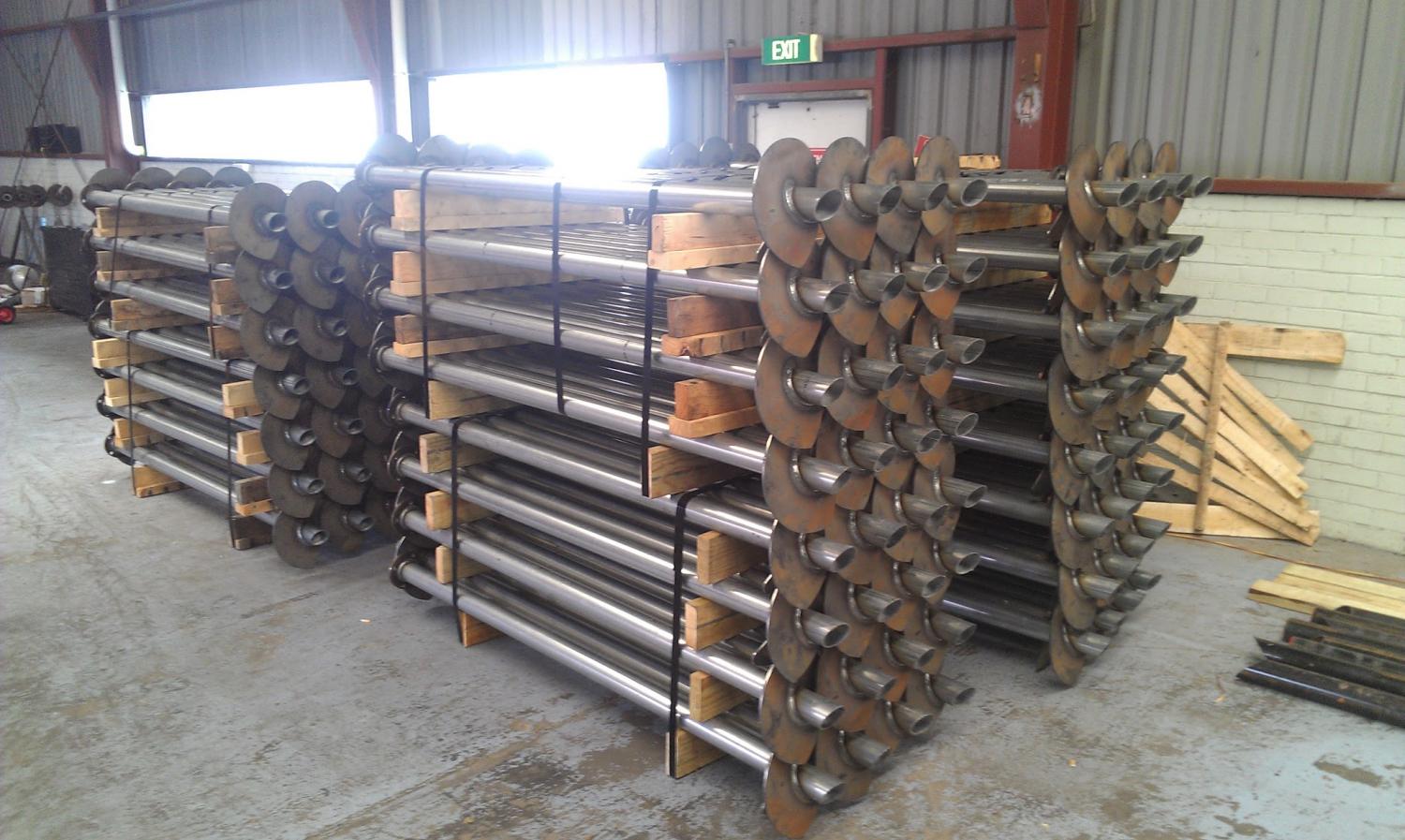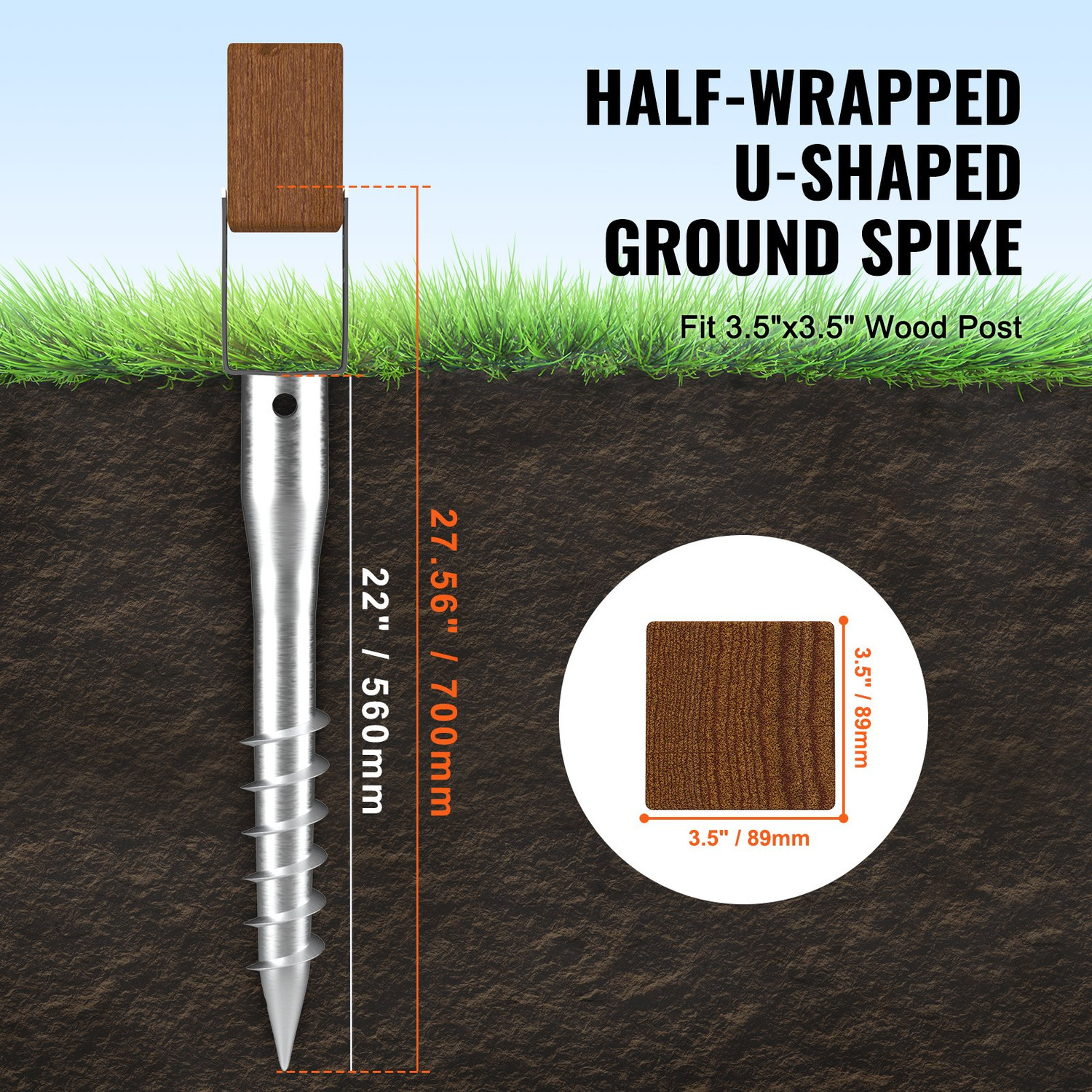Just How Durable Earth Anchors Work: A Comprehensive Guide to Soil Anchoring Solutions
Durable Earth anchors play a vital duty in offering stability and support in different building applications. By installing deeply into the ground, they resist lateral and upright pressures effectively. Different types of supports deal with numerous soil conditions, making them functional. Understanding their mechanics and installment techniques is vital for making the most of efficiency. What aspects influence their efficiency, and exactly how do they compare to standard approaches? The solutions might shock you.
Understanding Durable Earth Anchors
Durable Earth supports offer as crucial parts in different building and construction and landscape design projects, providing security and assistance in difficult soil problems. These supports operate by being installed right into the ground, where they stand up to side and vertical pressures. Their layout permits safe add-on to structures, guaranteeing they stay anchored against dirt movement or exterior loads.The effectiveness of sturdy Earth anchors mainly depends on the kind of soil and the anchor's setup deepness. Proper installment strategies are vital, as they figure out the anchor's holding capacity. Environmental variables, such as moisture and freeze-thaw cycles, can additionally influence performance.These supports are frequently utilized in applications ranging from protecting fencings and keeping walls to supporting short-lived structures during unfavorable climate condition. Understanding the principles behind heavy-duty Earth supports is essential for experts looking for to improve the toughness and safety of their projects.
Kinds Of Heavy-Duty Earth Anchors
Various kinds of heavy-duty Earth anchors are designed to fulfill details requirements based on soil problems and project demands. Helical supports, featuring screw-like blades, work in softer soils, providing high lots abilities and simple setup. Driven anchors, which are inculcated the ground, appropriate for rough surfaces and offer instant load assistance. Tie-back anchors are generally utilized in keeping wall applications, enabling side support by securing into the ground at an angle. An additional type is the cast-in-place support, suitable for concrete applications, as they are integrated into structures for enhanced security. Soil screw anchors are versatile alternatives that can be used in various dirt types, supplying trusted stress and compression capabilities. Each type offers distinctive applications, making sure stability and security in construction and landscape design projects. Recognizing these alternatives enables educated decisions in selecting the appropriate Earth anchoring remedy.
The Mechanics of Soil Anchoring

Recognizing the auto mechanics of dirt anchoring requires an exam of different kinds of Earth anchors and their setup techniques. Each support kind presents distinct attributes that influence its efficiency in various dirt problems. Proper installation methods are essential for optimizing the securing system's security and efficiency.
Kinds of Earth Anchors
Earth anchors, necessary parts in dirt anchoring systems, can be found in several kinds, each created for certain applications and soil conditions. The most usual types include screw anchors, which are twisted right into the ground, supplying solid side resistance. Helical anchors feature blades that permit effective setup in various soil types, making them appropriate for both irreversible and momentary applications. Driven anchors, typically made from steel, are hammered right into the dirt and work in thick or rough atmospheres. Auger anchors make use of a helical design to assist in installation in softer dirts. Plate supports consist of a flat plate hidden flat, dispersing load over a bigger area, ideal for applications calling for high tons capacities in natural dirts.
Installation Strategies Described
Appropriate installation strategies are important for the performance of dirt anchoring systems. The process commonly begins with website evaluation, confirming the selected area can sustain the support's tons. After determining the right support type, appropriate hole depth and angle have to be established. The setup involves driving the anchor into the ground making use of specific tools, such as hands-on or hydraulic drivers, to accomplish ideal embedment. Post-installation, tensioning the support is critical to guarantee security; this is typically validated with load screening. In addition, surrounding dirt conditions ought to be checked to avoid variation. Following these methods not just improves the support's performance however likewise lengthens its life expectancy, supplying dependable support for numerous applications.
Applications of Heavy-Duty Earth Anchors
While heavy-duty Earth anchors are frequently linked with building and landscape design, their convenience extends to a variety of applications across different sectors. In civil design, they give important assistance for preserving wall surfaces, making certain security in locations vulnerable to dirt disintegration. The marine market uses these anchors for protecting docks and marinas, avoiding movement brought on by trends and currents. In addition, in the telecom market, heavy-duty Earth anchors are significant for stabilizing cell towers and other high frameworks against wind forces. Agricultural applications additionally benefit, as these site link anchors can safeguard frameworks like greenhouses and livestock fence, ensuring they withstand rough weather. Moreover, in eco-friendly power tasks, such as wind ranches, Earth anchors play an essential role in safeguarding wind turbine structures, improving overall security and performance. This broad variety of applications highlights the flexibility and integrity of durable Earth supports across different fields.
Advantages Over Traditional Anchoring Approaches
Although typical anchoring techniques have actually long been relied upon for security, sturdy Earth anchors use significant benefits that improve efficiency and efficiency. One significant advantage is their exceptional load-bearing ability, which allows them to endure greater forces without failing. This strength makes them perfect for requiring applications, such as in construction and utility installations.Additionally, heavy-duty Earth supports are made for much deeper setup, offering greater stability in numerous dirt problems, including loosened or sandy soils. Their resistance to corrosion and environmental variables ensures a longer life-span and lowered upkeep costs contrasted to standard methods.Moreover, these supports can be set up with very little disturbance to the surrounding location, protecting the stability of the landscape. On the whole, durable Earth supports present a reliable and efficient solution for securing needs, exceeding the restrictions typically connected with traditional anchoring strategies.
Setup Refine and Best Practices
The installation process for soil anchoring services begins with extensive preparation and site evaluation to guarantee peak efficiency. Following this, a step-by-step setup overview provides clear guidelines for efficient implementation (Manta Ray anchors). Complying with these best methods is essential for accomplishing resilient and reliable anchoring outcomes
Preparation and Site Analysis
Reliable preparation and extensive website assessment are vital action in the setup of soil securing solutions. Before setup, the dirt kind have to be assessed to determine its bearing ability and viability for anchoring. Performing a geotechnical survey can offer important details about soil composition, dampness degrees, and possible ground motion. Furthermore, recognizing existing structures, plant life, and energies is necessary to avoid interference during installment. The location ought to be free from debris and barriers to ensure secure gain access to for devices. Weather condition conditions need to additionally be monitored, as damaging conditions can impact both safety the original source and security and installation effectiveness. By meticulously preparing the site and examining all relevant elements, the possibility of successful anchor efficiency is significantly enhanced.
Step-by-Step Setup Overview
An extensive installment procedure is essential for accomplishing perfect performance of soil anchoring services. The setup starts with selecting the proper anchor type and ensuring the website is free from debris. Next off, appropriate opening placement is established based on load requirements. When the location is developed, holes are drilled to the defined depth and diameter making use of the proper tools. The support is then inserted right into the opening, seeing to it it is aligned correctly. After protecting the anchor, dirt is backfilled and compressed to improve security. It is necessary to comply with supplier standards throughout the process. A post-installation examination validates that the supports are adequately located and working as planned, supplying trustworthy support for the desired application.

Maintenance and Evaluation of Earth Anchors
Routine maintenance and assessment of Earth anchors are necessary for making certain lasting efficiency and security. Regular checks permit the very early detection of issues such as rust, loosening up, or soil movement. Examiners need to seek signs of corrosion or deterioration on the support components, especially at the link factors. In addition, the bordering dirt should be evaluated for erosion or modifications in dampness content, which can affect anchor effectiveness.It is a good idea to establish a routine examination timetable, preferably a minimum of annually, relying on ecological conditions. During inspections, all visible parts need to be cleansed to get rid of dirt or debris that could conceal possible problems. Any type of indications of distress, such as tilting structures or uncommon settling, ought to prompt immediate assessment. Appropriate paperwork of assessments can assist in tracking support efficiency in time and assist in timely upkeep actions, making sure the supports remain check here functional and reputable.
Frequently Asked Inquiries
What Products Are Heavy-Duty Earth Anchors Generally Made From?
Heavy-duty Earth supports are generally constructed from long lasting products such as galvanized steel or stainless steel, making certain stamina and resistance to rust. These materials provide long-lasting support and security in numerous dirt problems and applications.
Exactly How Do Dirt Conditions Affect Support Performance?
Dirt conditions considerably affect anchor performance. Elements such as dirt type, dampness material, and compaction influence the anchor's grip and security, with natural dirts usually giving far better resistance than loose or sandy dirts, affecting overall performance.
Can Heavy-Duty Earth Anchors Be Reused After Removal?
Sturdy Earth anchors can be reused after elimination, supplied they are examined for damages and wear. Correct cleansing and upkeep improve their durability, ensuring reliable performance in succeeding setups when problems enable risk-free reinstallation.
What Are the Ecological Influences of Using Earth Anchors?
The environmental impacts of using Earth anchors include possible soil disruption, disruption of neighborhood ecosystems, and feasible contamination of groundwater. If made use of responsibly, their benefits commonly exceed these concerns, promoting security in different applications.
Just how Do I Pick the Right Support for My Project?

Comments on “Why Engineers Recommend Manta Ray anchors Over”